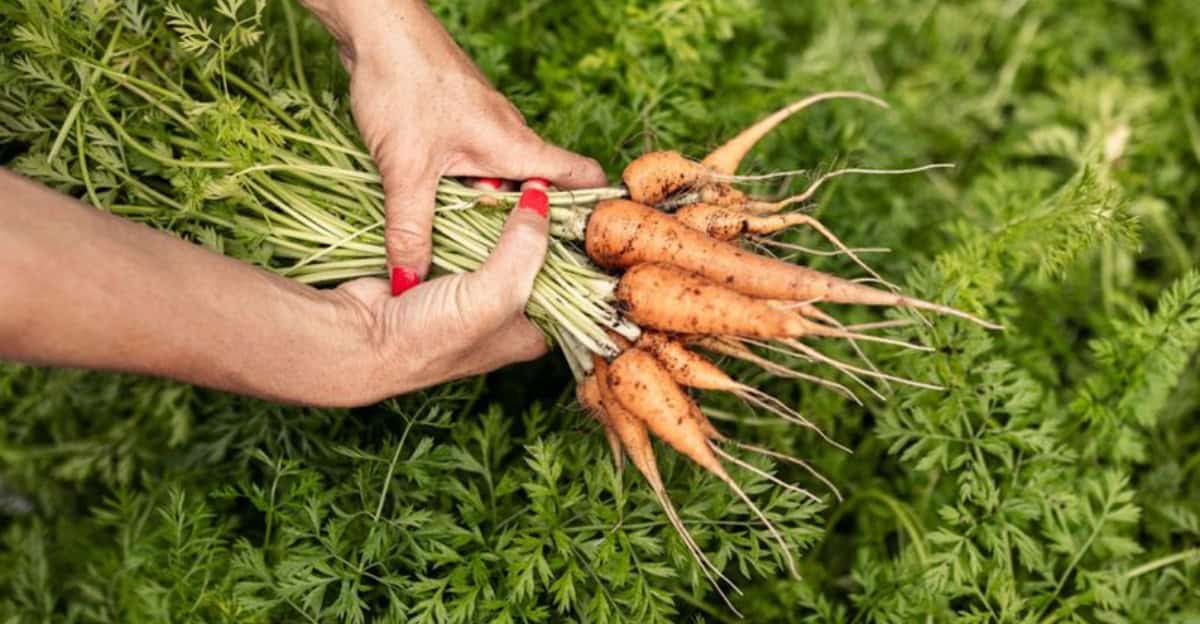Embarking on the journey of growing carrots can be both rewarding and delightful. This guide will navigate you through 10 essential steps to yield a fresh and bountiful carrot harvest.
From selecting the right seeds to understanding soil requirements, each step is crafted for success and enjoyment.
1. Choose the Right Seeds
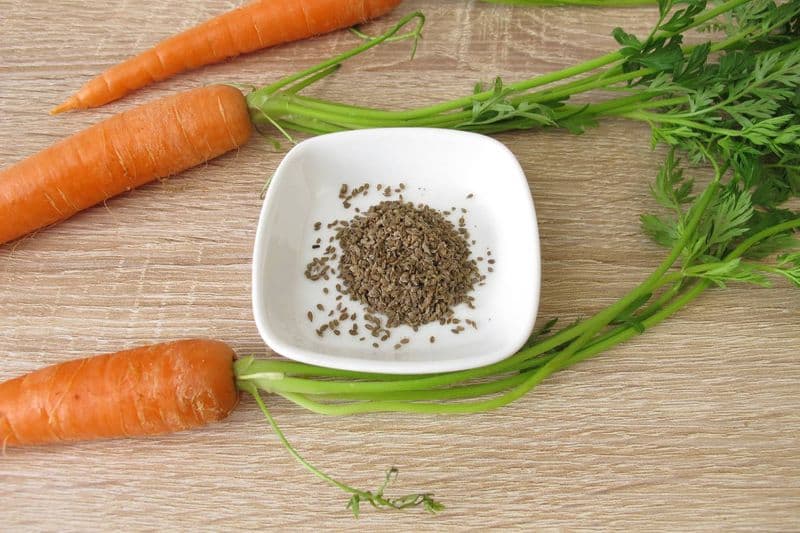
Selecting the right carrot seeds is crucial for a thriving harvest. Opt for varieties suited to your climate. Read the seed packet for growth time and size expectations.
Consider heirloom or hybrid seeds based on your preference. This choice influences taste, color, and texture. Choose wisely for a bountiful yield.
2. Prepare the Soil
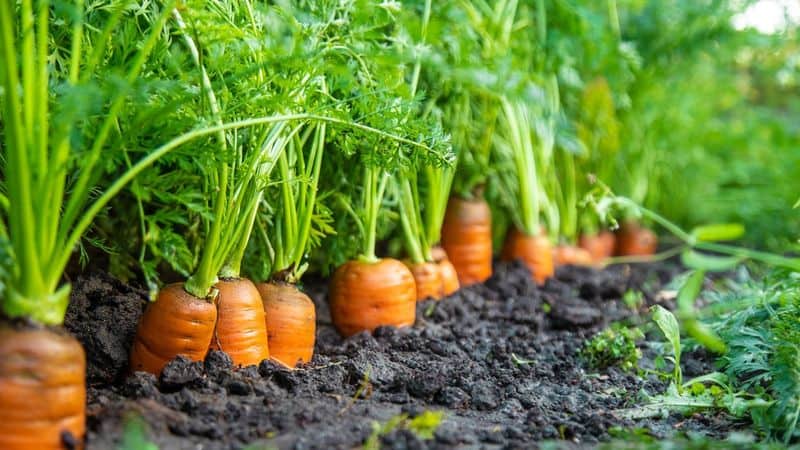
Healthy soil is the foundation of successful carrot growth. Carrots thrive in loose, sandy soil. Remove rocks and debris to prevent root deformities.
Enrich the soil with organic compost. Test pH levels, aiming for a neutral range. Good soil preparation ensures root development and enhances nutrient uptake.
3. Planting Carrot Seeds
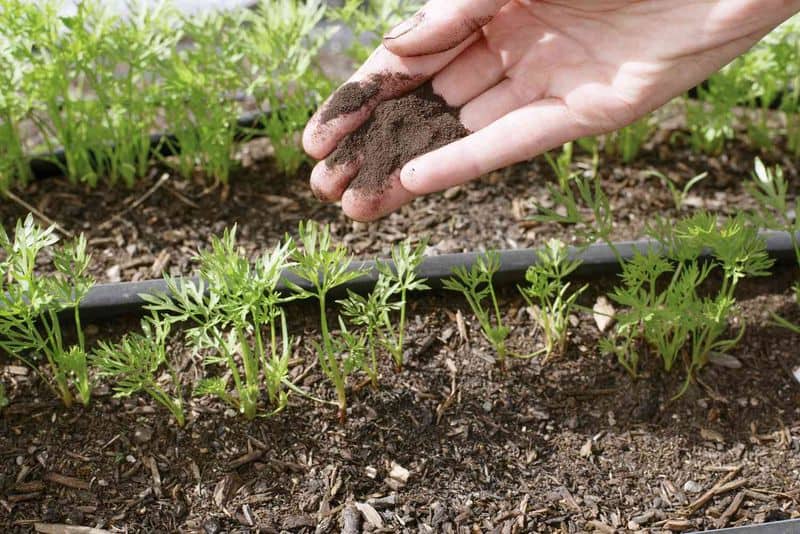
Planting carrot seeds requires precision. Sow seeds thinly in rows, covering lightly with soil. Space seeds properly to allow room for growth.
Water gently to avoid washing seeds away. Ensure good sunlight exposure. Proper planting sets the stage for healthy, robust carrots. Patience is key during this phase.
4. Water Wisely
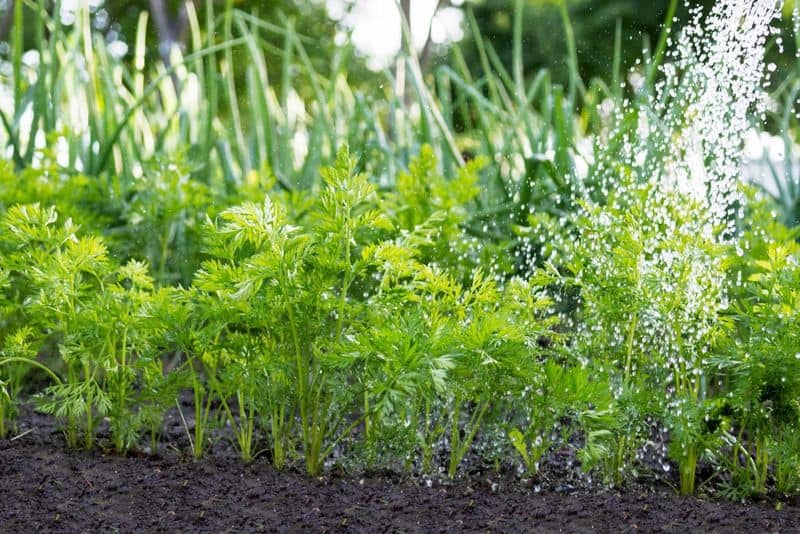
Carrots need consistent moisture, but avoid overwatering. Water early in the morning or late afternoon. Aim to keep the soil moist but not soggy.
Mulching helps retain moisture and regulate temperature. Proper watering practices are vital for healthy root development and preventing diseases.
5. Weed Regularly
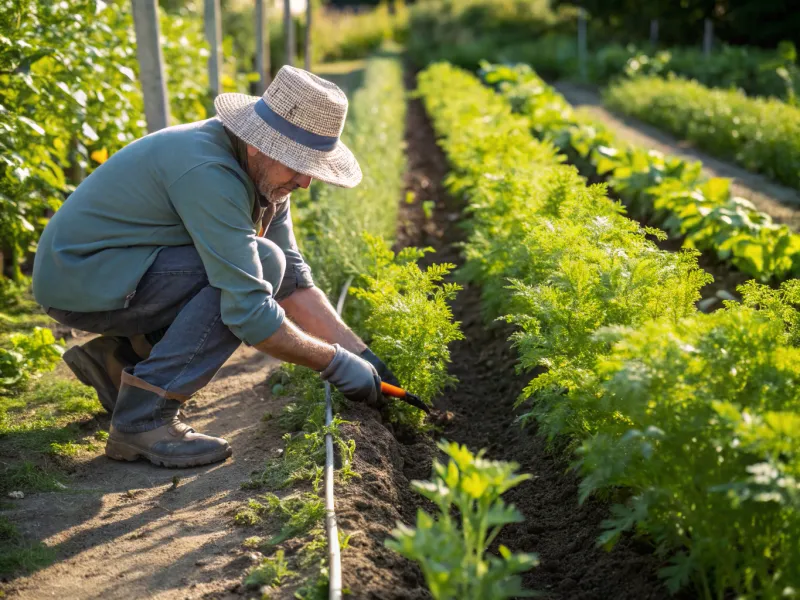
Regular weeding is essential to prevent competition for nutrients. Gently remove weeds by hand or with a tool, being careful not to disturb carrot roots.
Mulching can suppress weed growth. Keeping the garden weed-free boosts carrot health and yield, ensuring stronger, more vigorous plants.
6. Thin the Seedlings
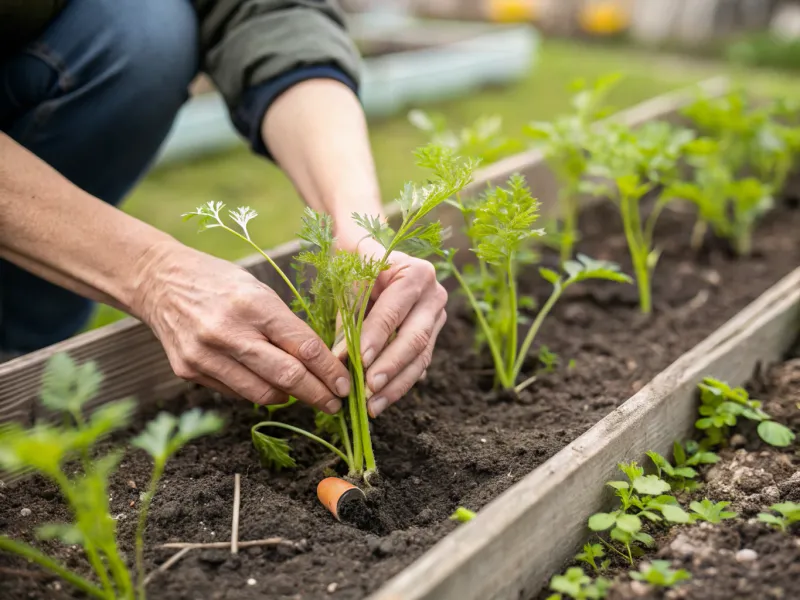
Thinning carrot seedlings is crucial for optimal growth. Remove the weaker seedlings, allowing space for the stronger ones.
This prevents overcrowding and ensures each plant has access to nutrients and light. Use scissors for precision. Thinning improves air circulation, reducing the risk of disease.
7. Fertilize Appropriately
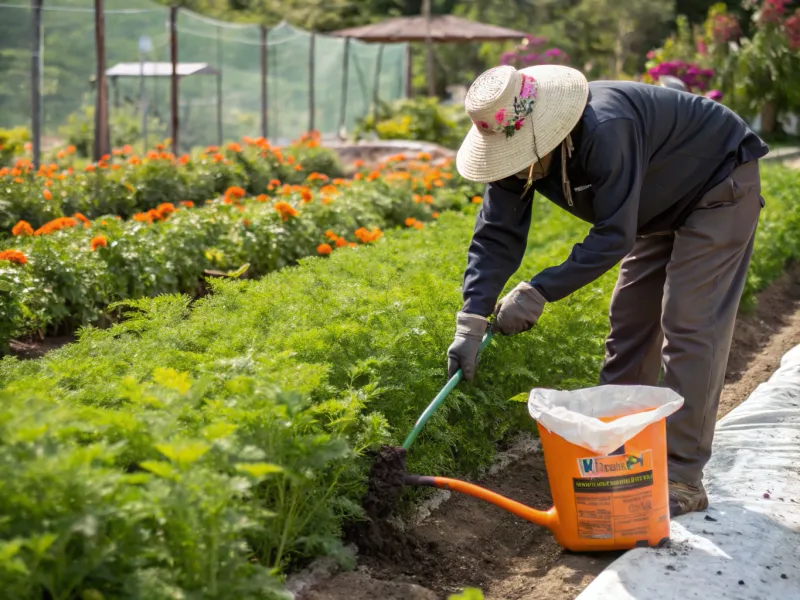
Fertilizing carrots boosts growth and yield. Choose a balanced, organic fertilizer. Apply sparingly to avoid burning roots.
Focus on phosphorus and potassium-rich options for strong root development. Fertilize during early growth stages for maximum impact. Proper nutrition is the backbone of healthy carrots.
8. Monitor for Pests
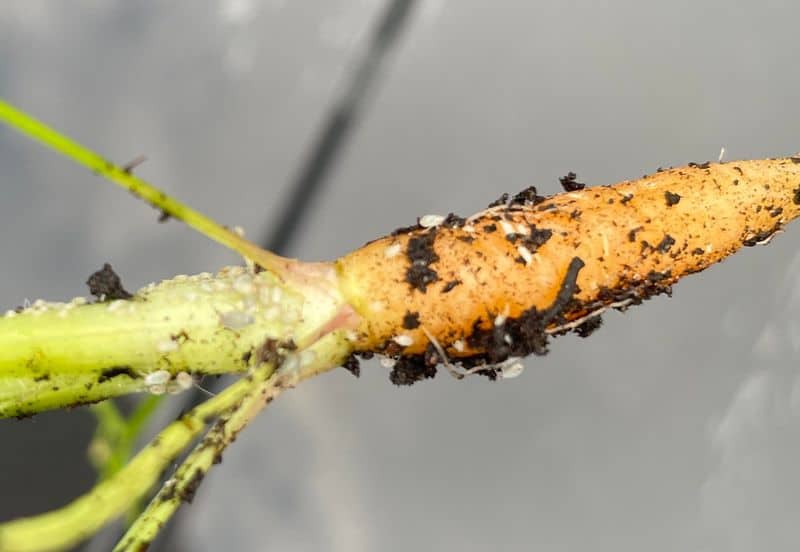
Pest vigilance is key. Common threats include carrot flies and aphids. Regularly inspect plants for signs of damage or insects.
Employ natural remedies like neem oil or introduce beneficial insects. Monitoring and early detection help maintain a healthy, pest-free garden, ensuring the integrity of your harvest.
9. Harvest at the Right Time

Timing is everything when harvesting carrots. Check for bright orange color and a few inches of top growth. Loosen soil gently to avoid breaking the roots.
Harvest when carrots are firm and fragrant. Proper timing enhances flavor and texture. Enjoy the satisfaction of pulling fresh carrots from the garden.
10. Store Properly After Harvest

Proper storage preserves carrot quality. Remove tops and store in a cool, humid place. Use perforated bags for ventilation. Avoid washing before storage to extend shelf life.
Check regularly for spoilage. Correct storage maintains freshness, allowing you to enjoy your harvest over time. Relish the fruits of your labor.

